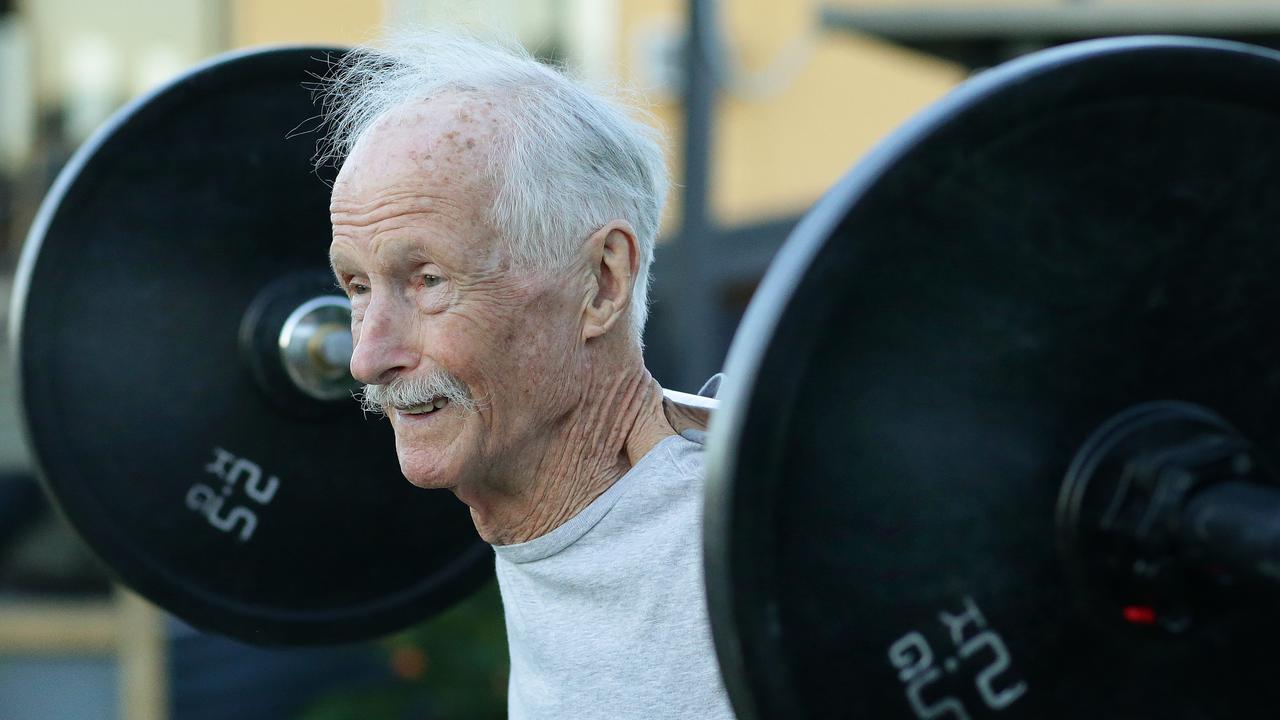How to add 10 years to your life: Study reveals how much exercise you really need
THERE are some very simple ways you can add years to your life. And thankfully, they don’t require you to live in the gym or avoid all the delicious foods.

WHEN it comes to exercising one of the most common questions asked is, “Am I doing enough?”
There is no denying that regular exercise paired with a good diet can help fend off illness and disease in your old age.
But how many extra years do all those runs and trips to the gym actually earn you?
The Westmead Institute for Medical Research interviewed 1500 Australian adults over 50, and followed them for a decade.
The results revealed that those who did more than roughly 600 minutes of moderately intense exercise a week, could survive an extra 10 years free from chronic diseases.
According to the research, keen fitness buffs who engaged in the highest levels of physical activity were twice as likely to avoid stroke, heart disease, angina, cancer and diabetes, compared with those who do no exercise — and be in optimal physical and mental shape 10 years later.
Lead researcher, associate professor Bamini Gopinath from the University of Sydney, said the data showed that adults who did more than 5000 metabolic equivalent minutes (MET minutes) a week, which is about 600 minutes — saw the greatest reduction in the risk of chronic disease.
“Essentially we found that older adults who did the most exercise were twice as likely to be disease-free and fully functional,” she said.
“Our study showed that high levels of physical activity increase the likelihood of surviving an extra 10 years free from chronic diseases, mental impairment and disability.”
Currently, the World Health Organisation recommends at least 600 MET minutes of physical activity each week. That is equivalent to 150 minutes of brisk walking or 75 minutes of running.

But the Westmead Institute’s findings suggest that physical activity levels need to be several times higher to significantly reduce the risk of chronic disease.
“Some older adults may not be able to engage in vigorous activity or high levels of physical activity,” Dr Gopinath said.
“But we encourage older adults who are inactive to do some physical activity, and those who currently only engage in moderate exercise to incorporate more vigorous activity where possible.”
If pounding the pavement each week does not sound enticing, weight training and cardio exercises are other options with equal benefits.


According to this exercise list from Harvard Medical School, a 60-minute strength training session burns an average 266 calories per hour (1113 kilojoules) for a 84kg person.
Lucky Scalone, personal trainer and owner of Bodyline Fitness studio in Sydney, who has more than 30 clients aged 45 to 60, mixes 35-minute weights sessions (five exercises) with 20 minutes of high-intensity cardio — depending on each client’s limit.
“Many of them came to me overweight, had complained about lower back problems and other aches and pains, fatigue (broken sleep) and poor diet,” Mr Scalone said.
“Through changing and coaching them on proper eating habits and introducing regular exercise, they say it has reduced a lot of those aches and pains, while feeling more energised and in control of their health.”
The Harvard list also revealed that the exercises which burn the most calories in half an hour include aerobics (44 calories/88kg person), bicycling at 16-19 km/h (533 calories/88kg person) and swimming (444 calories/88kg person).




